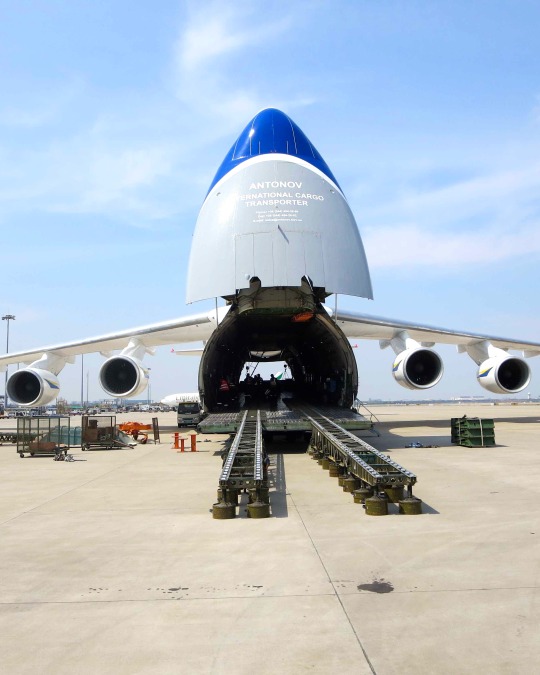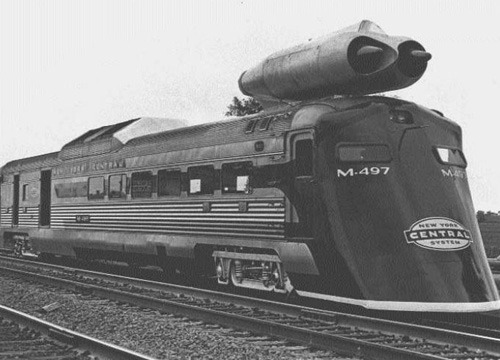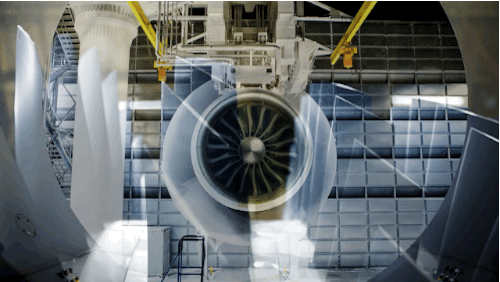By Tomas Kellner
![image]()
In March, GE invited the Pulitzer Prize-winning photographer Vincent Laforet to a remote locomotive testing facility spreading over hundreds of acres of shrubby prairie near Pueblo, Colo. Laforet hired a helicopter and produced stunning images of GE’s blue
Tier IV train engine while circling over the moving machine. After the shoot, he sat down with GE Reports to talk about shooting locomotives, climbing skyscrapers and dialing into childhood memories to capture their sense of wonder.
![image]()
Tomas Kellner: How do you shoot a large object like a locomotive that is moving very fast in and out of frame?
Vincent Laforet: Trying to photograph a moving train is either extremely easy or extremely difficult. There’s nothing in between. Trying to get a helicopter to fly in tandem with a massive locomotive followed by a dozen cars is a little bit of a feat. But with the right team members and the right kind of attitude, we were able to pull it off very nicely. We also had a lot of concerns about weather since we were shooting towards the end of the winter.
TK: The sunrises and sunsets in the pictures are gorgeous. It seems like the weather played along.
VL: We actually had to pull the shoot back one day early, which made it very difficult for our team because we had a shoot the night prior in New York, so it was a very compressed schedule. But we were lucky because the next day there was an incredible snowstorm; the sky was all white and full of snow.
![image]()
TK: The locomotive looks almost like a toy in your pictures. Why did you choose that effect?
VL: Whenever I get an assignment, I try to get to the bottom of what it’s about. In this case, I remembered what it was like being a little child playing with train sets. That’s one of my first memories. As a teenager, an entire table in our basement was filled with a train set. I tried to do my best to capture that sense of wonder.
Because when you’re in the real world, with adults, you see the scale of the locomotives and see what they do and how they are important for moving goods and the economy. But when you’re a kid, you’re in awe of something like a train that effortlessly wanders across the tracks in circles. I found it absolutely meditative to sit back and watch that movement.
As a photographer, I’m trying to dial into those memories, those ideals, and capture that.
![image]()
Laforet still photographs New York City. Above is the Chrysler Building.
TK: When did you start taking pictures?
VL: My father was a photographer. When I was 15, I picked up the camera and haven’t put it down ever since. My favorite first memory is walking with it through NYC with a few rolls of film in my pocket and feeling the sense of discovery.
TK: You succeeded. From above, the Pueblo test track does look like a giant train set. What were some of you other ideas for the shoot?
VL: We thought of several ways of photographing the train, including one with a cherry picker. The problem is that you can’t get much variety, you can’t move it around, and the terrain didn’t work either. The helicopter was the best choice.
![image]()
Above: The helicopter got so close that it blew tumbleweed in the train’s path.
TK: I’ve been on helicopter and it’s usually pretty bumpy. How did you keep you camera still?
VL: We’re used to shooting at night and at high altitude with a gyroscope. It’s our specialty. This assignment was actually very smooth, there was very little wind and we had a phenomenal pilot. I would describe the helicopter as a magic carpet ride. With the right pilot in the right situation, it’s actually extremely smooth and relaxing. Having a train that moves at a predictable speed on a predictable path is the best-case scenario you can ask for.
We took off early in the morning dusk, before sunrise. At that point we had gyros to stabilize both cameras. They eliminate most of the vibration from the helicopter. That’s how you able to see some of those images, in one you can actually see the headlights of the train, which is pretty cool.
I got rid of the gyros as soon as I could because they’re pretty heavy and cumbersome and went straight to handheld. And that’s where I was able to do the longer zoom stuff from the higher altitude.
![image]()
![image]()
Helicopter image credit: Chris New
TK: Were there any other challenges?
VL: The problem with using the helicopter was that the train was not tall. You’ve got to get the helicopter quite low to make it be in the forefront of the frame. So we needed to do some scouting to make sure that it was safe to fly low. If there were tables or antennas or any sort of problems, we were not going to take the risk of having an accident.
We found several parts of the track that were actually ideal for flying very low and being able to land immediately, should anything happen.
TK: The light looks stunning in the pictures. How do you choose your schedule?
VL: I’ve been doing this for 25 years. We figured out where the Rockies were in the frame, where the light would most likely be coming from. Everything worked, it was pretty effortless, just fun. So much so that I was able to go up toward the very end of the shoot and take some of my favorite images where it was looking straight down at the geometry of the tracks.
![image]()
TK: That’s your train set image.
VL: You don’t often get to do that. It’s a question of time, a question of mindset. You are usually so busy trying to get the basic photographs because of all the other challenges. The fact that the shoot went so smoothly allowed me to experiment and go very high. We were already at a high altitude in Pueblo, Co. (elev. 4,700 feet). So I think we flew above 10,000 feet to shoot those series of images. I’ve learned that as a photographer I only make those images when I am very relaxed. And this shoot allowed for that.
![image]() Above: An aerial image of the Empire State Building with a fisheye lens.
Above: An aerial image of the Empire State Building with a fisheye lens.
TK: Was it a GE helicopter?
VL: I’ve been specializing on aerial photography for the last ten years. We always do a lot of research before we charter a helicopter and we know who the pilots are. I’ve been flying with my assistant Mike Isler for a decade. He’s also a helicopter pilot and we’re photographing major cities at night from a high altitude. More than 40 million people have seen the photos.
TK: Now what type of camera are you using?
VL: We shot this with a prototype camera, the Canon 5DS, so GE was actually, to my knowledge, the first commercial assignment in the United States at least, and possibly anywhere to have been shot with a Canon 5DS, a 50 megapixel camera.
![image]()
Above: New York’s Grand Central Terminal.
TK: In some pictures you make parts of the locomotive appear blurry. Were you using a special lens?
VL: That’s a technique that I revived about a decade ago. It’s been around forever but wasn’t very popular. But then in 2006, I shot a series of tilt-shift images, basically rotating the front lens element up and down and making everything above or below the center gout of focus (see above). The visual effect makes everything look like a miniature, the entire world looks like a miniature, even a 200-ton locomotive.
TK: This sort of brings you back to your basement.
VL: It’s the full circle thing.
![image]()
Above. A night image of London’s Tower Bridge from Laforet’s latest project, Air. All images by Vincent Laforet except where noted



































































































 Above: An aerial image of the Empire State Building with a fisheye lens.
Above: An aerial image of the Empire State Building with a fisheye lens.




















